Rish Gupta has had a long, winding journey filled with unexpected turns, painful challenges, and exhilarating wins. He has built and exited companies and is currently riding the incredible momentum and hype in the artificial intelligence world of AGIs.
Rish’s latest company, Spot AI, has attracted funding from top-tier investors like Redpoint Ventures, Scale Venture Partners, Bessemer Venture Partners, and StepStone Group.
In this episode, you will learn:
- Rish’s first taste of business came from creative college side hustles, including a lucrative bus advertising venture.
- He co-founded LetsIntern.com to bridge the gap between students and internships, growing it to 4 million users before its acquisition.
- Running a marathon reinforced Rish’s belief that entrepreneurship requires mental toughness and persistence.
- Moving to the U.S., Rish faced challenges in building a network but leveraged Stanford’s credibility to gain access.
- Rish identified the future of computing in embedded hardware and gained hands-on experience at Samsara before launching Spot AI.
- Initially an investor, Rish later joined Spot AI to help rebuild the product and drive growth.
- Spot AI enhances the value of millions of cameras by leveraging AI-driven insights, processing more video data daily than YouTube uploads.
SUBSCRIBE ON:
Keep in mind that storytelling is everything in fundraising. In this regard, for a winning pitch deck to help you, take a look at the template created by Peter Thiel, the Silicon Valley legend (see it here), which I recently covered. Thiel was the first angel investor in Facebook with a $500K check that turned into more than $1 billion in cash.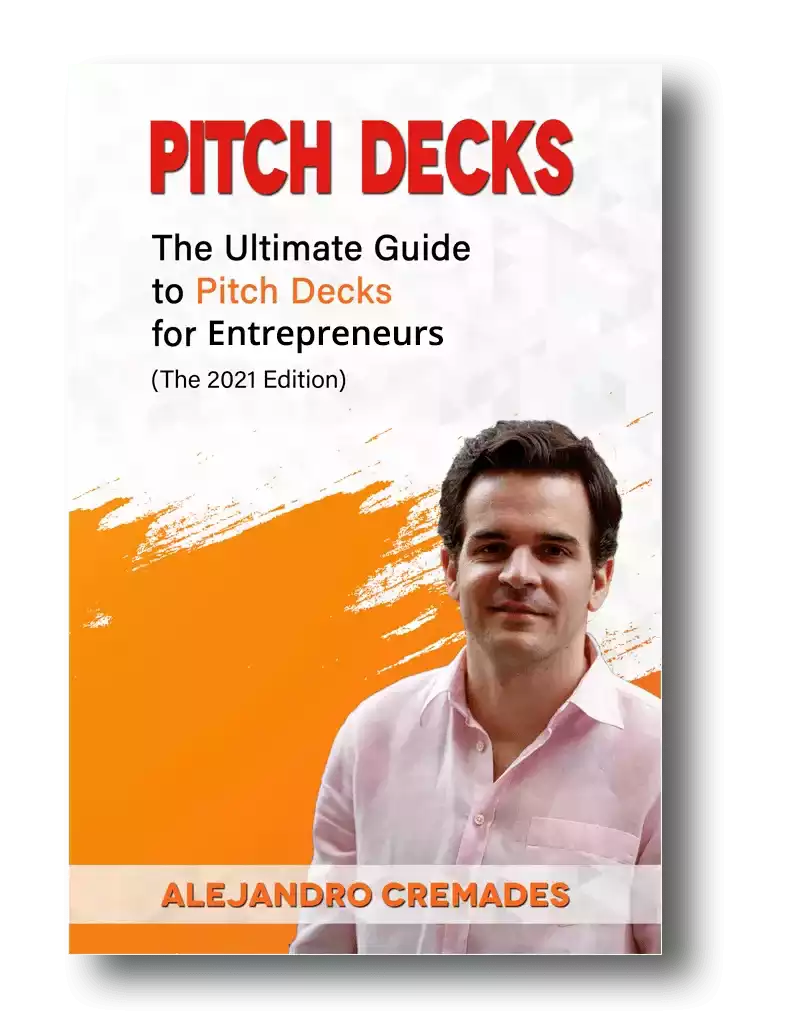
*FREE DOWNLOAD*
The Ultimate Guide To Pitch Decks
Remember to unlock for free the pitch deck template that founders worldwide are using to raise millions below.
About Rish Gupta:
Rish Gupta, based in San Francisco, CA, US, is currently a Co-founder and CEO at Spot AI. Rish brings experience from previous roles at Spot AI.
Rish previously cofounded Letsintern.com (4M+ users), which was acquired in 2015. He has also served on the product team at Samsara and did short summer stints exploring the investing world at Bridgewater and Founder Collective.
Rish holds a 2016 – 2018 Stanford University Graduate School of Business. With a robust skill set that includes Marketing Communications, Business Strategy, Investor Relations, Marketing Strategy, Market Analysis, and more.
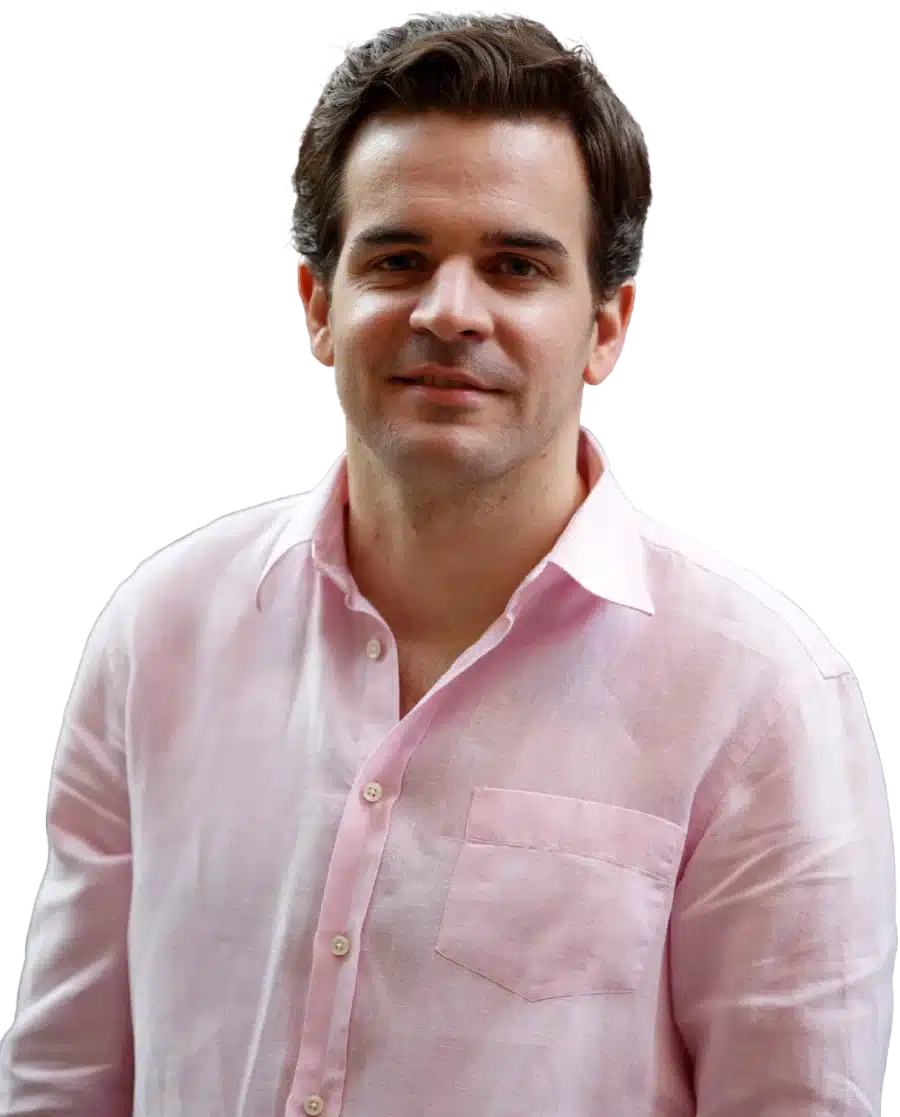
Raise Capital Smarter, Not Harder
- AI Investor Matching: Get instantly connected with the right investors
- Pitch & Financial Model Tools: Sharpen your story with battle-tested frameworks
- Proven Results: Founders are closing 3× faster using StartupFundraising.com
Connect with Rish Gupta:
Read the Full Transcription of the Interview:
Alejandro Cremades: Alrighty, hello everyone, and welcome to the DealMaker Show.
Rish Gupta: Thank—
Alejandro Cremades: So today, we have a really awesome founder—someone who has done it a couple of times. Now, he’s riding this incredible momentum and hype in the artificial intelligence world, particularly in AGI.
We’re going to be talking about all of that good stuff. We’ll also discuss moving to the U.S., building your network when you get here, and what it takes to make it happen. I know many of you outside the U.S. wonder about this transition—how it works and how you can make it successful.
And of course, we’ll cover everything from building to scaling—you name it. So without further ado, let’s welcome our guest today, Rish Gupta. Welcome to the show.
Rish Gupta: Thanks, Alejandro. Thank you for having me—super excited.
Alejandro Cremades: So, you were originally born in Delhi, India. Take us down memory lane—what was life like growing up for you?
Rish Gupta: Well, you know, there’s the movie version of Delhi and India that people see in Slumdog Millionaire, but then there’s the reality of it. Honestly, growing up was probably similar to any other part of the world.
I had a great childhood. I was very lucky that one of the best sporting facilities in the city was within walking distance from my house. It was a massive facility with everything—from horse riding to swimming, tennis, squash, you name it.
So, most of my childhood was spent going to school, coming back home, and then heading to the sports facility. I had one hour of tennis training, one hour of swimming, and even horse riding—pretty much every sport under the sun. Apart from that, I was a math geek, so I did a bunch of math Olympiads and other related competitions.
Alejandro Cremades: How did you get into entrepreneurship? It sounds like you completed your undergrad and schooling in India, but at some point, the entrepreneurial bug bit you.
Rish Gupta: Yeah.
Alejandro Cremades: It seems like, during college, you started working on side hustles. What happened there that pushed you into the venture world?
Rish Gupta: You know, I can’t pinpoint exactly when or how, and I think a lot of entrepreneurs feel the same way. From a very young age, I was enamored by people who built things—whether it was scientists creating new theorems or entrepreneurs building companies. I would read about famous business figures from the late ’90s, like Bill Gates and Richard Branson, or historical figures like Howard Hughes and Henry Ford. Their stories fascinated me.
In college, I did what I think most entrepreneurial-minded students try at least once—I attempted to start a business. I thought, Hey, if I can gather all the cool things happening around campus and put them in a newsletter, local businesses will advertise on it, and I can make money.
We tried doing that, but it wasn’t as easy as we thought. We published two editions, but they didn’t really take off. However, another business idea came from a random moment—I was watching a movie with a friend whose dad owned a large network of buses that traveled to rural parts of India.
At that time, in the early 2000s, big American and European consumer goods companies—like Pepsi, Coke, Heinz, and Unilever—were aggressively entering the Indian market. They needed last-mile distribution and marketing.
In the movie we were watching, there was a scene in New York where a bus passed by with an advertisement on its side. That’s when it clicked—we didn’t see banner ads on buses in India. We had access to an entire bus network that traveled to rural areas, so we thought, Why not leverage that for advertising?
At 19 years old, we went to my friend’s dad, hired a carpenter to put banners on the sides of three buses, took some pictures, and then pitched the idea to some of the largest consumer product companies. They loved it.
We even went a step further and installed a cassette-based audio system on the buses so they could play ads between songs. It was a profitable business, though not necessarily scalable. But we had an asset—buses—and companies were willing to pay for ad space. We made a couple of million rupees within the first six months.
Alejandro Cremades: Well, hey, that was a good push!
Rish Gupta: Yeah, it was really cool.
Alejandro Cremades: And ultimately, that led to you starting LetsIntern.com, which had a great outcome.
Rish Gupta: Yeah. You know, there’s a common saying in entrepreneurship—find problems around you and think about how to solve them.
When we were in college, even the best universities in India didn’t have a strong culture of internships—at least not 15 years ago. Most students would graduate without ever having worked in a company, so there was a huge gap between academia and the real world.
Since I had been doing various side hustles and looking for internships, my friends started asking how they could find similar opportunities. I was fortunate to have a strong network, and my parents had good connections, which helped me access these opportunities.
That’s when we realized—Everyone in college wants internships, but there’s no platform for it.
So, we started building a platform initially just for our friends. But as we kept building, it turned into something much bigger. Our entire team was between 20 and 25 years old—none of us knew anything about running a business. We were figuring out sales, marketing, and everything else on our own. We even had to take on side hustles to keep the business running.
Alejandro Cremades: And interestingly, the idea for the company took shape when you were also training for a marathon. That’s quite a challenge to take on at the same time, no?
Rish Gupta: Yeah. I really wanted to start this company, but I was nervous. All my friends were getting consulting and banking jobs, earning good money, and I was sitting there thinking, Can I really do this?
My parents weren’t entrepreneurs, so I had no direct reference point. But then, I met someone who was 20 years older than me, and he was training for a marathon. When he told me it was 26 miles, I immediately said, I want to do it too. The problem was, the race was only four weeks away, and I wasn’t a runner.
Training was brutal, and on race day, it was even worse. The last six miles were pure torture—it was 95 degrees in Mumbai, and everything hurt. But in those final miles, I told myself, If I can push through this, I can start the company tomorrow.
That’s exactly what I did. The next day, I took my mom out to dinner and told her I was committing to the business for the next few years.
Alejandro Cremades: There seems to be a strong connection between marathons and entrepreneurship. Why do so many founders take on endurance sports?
Rish Gupta: I think you have to love pain. If you’re an entrepreneur, you’re choosing a path filled with rejection, failures, self-doubt, and dark days. It’s not the easiest way to make money, but for some reason, we do it.
That’s probably why so many entrepreneurs are into marathons, triathlons, or other endurance sports—you learn to push through discomfort.
Alejandro Cremades: Let’sIntern.com ended up growing to over 4 million users—that’s an incredible impact. But in the early days, I’m sure figuring out your customer base, value proposition, and business model was quite a challenge.
Rish Gupta: The hardest part was figuring out the business model. We knew how to get students onboarded—we had a vast college network. But students wouldn’t just join because we built a platform—they needed real opportunities.
So, we made a list of 100 aspirational companies and found ways to get them to post internships and jobs on our site. Once we had those companies, we could go back to students and say, You don’t want to miss out on these opportunities.
At first, everything was manual—we even matched students and internships ourselves, spending nights going through applications over a beer. It was a classic case of doing things that don’t scale to build momentum.
Rish Gupta: Yeah.
Alejandro Cremades: And then from there, you went at it with Spot AI. What sequence of events needed to happen for you to regain the confidence to go at it again?
Rish Gupta: Yeah, I’ll give a couple of concepts here because I think there’s a convergence of factors that played a role. By the end of my first year at Stanford, I was convinced that I wanted to work at the intersection of hardware and software.
In 2016, if you were on Stanford’s campus, there were a couple of major trends. Every student was trying to build an app. Snapchat had taken off a few years earlier from a college setting, Instagram was rapidly growing, and Uber was becoming mainstream. Apps were the center of attention.
So, about 90–95% of students were trying to build the next big app. That data point alone made me want to do something different. I thought, “The smartest people around me are all focused on this one thing—maybe we need to find opportunities elsewhere.”
There were three primary systems you could build on: the operating systems of app stores, mobile, or desktop. To me, laptop and PC sales had plateaued, mobile phone adoption had maxed out, and the average person only downloaded one or two new apps per year out of the millions released annually. The odds were bad.
At the same time, Alexa was gaining traction, connected sensors were emerging, and smart home devices like Philips Bluetooth lights were becoming common. I saw this as the next computing paradigm—where chips and sensors would be embedded in everything, from factories to homes. Building computing platforms on top of this could be incredibly valuable.
This idea became my growing thesis, so I started diving deeper. However, I realized I knew nothing about hardware. Everyone I spoke to had experience at top companies like Nest. When I asked for advice, they all said, “Don’t do hardware. It’s really hard.” But every time I heard that, it made me want to pursue it even more.
I needed to learn hardware. Unlike software, where you can iterate quickly on a computer, hardware involves supply chains, long development cycles, and entirely different challenges. So, I started looking for early-stage companies that were doing well. Samsara stood out—they were at Series B at the time. I reached out to one of their early team members and said, “I’ll do any role you need; I just want to be part of the team.”
Eventually, I ended up leading a product line for them.
That experience helped a lot when it came to Spot AI. Many of the lessons I learned at Samsara influenced Spot—about 10% of what we do today came from those experiences. Sanjit, Samsara’s CEO, was a great mentor, and I still reach out to him for advice.
Alejandro Cremades: What was the moment when you decided, “Okay, let’s go”?
Rish Gupta: The journey with Spot AI was a bit unconventional. My two co-founders initially came up with the idea while we were graduating, but I wanted to work at Samsara first. I told them, “I will start something, but in a year or so.”
I ended up investing in them as an angel and went off to work at Samsara. We stayed in touch, and after a year, their product hadn’t taken off—zero revenue, zero traction, still operating out of a garage. Around that time, I was considering my next steps. Tanuj, one of the co-founders, asked, “Why are you trying to start something new? We’ve been talking for a year, we know each other well, just come and do Spot AI with us. We’ll restructure the cap table to make all of us co-founders.”
So, we rebuilt the product, started selling in early 2020, and finally, I officially joined. Initially, I went from being an angel investor to a co-founder as the company was still in its early stages.
Alejandro Cremades: That’s amazing. For those listening, what is the business model of Spot AI? How do you generate revenue?
Rish Gupta: We generate revenue through a simple model. There are about 100 million cameras deployed across U.S. businesses, and we aim to make them more valuable.
We charge companies a single subscription fee based on the number of video feeds processed through our system. For example, if a company has 500 cameras on its manufacturing floor, they pay a monthly subscription for those 500 feeds.
Think of it like a typical SaaS model where companies charge based on user seats. In our case, it’s the number of camera feeds. To give you an idea of scale—every day, we process twice as much net new video as YouTube receives in uploads. That’s the amount of video data we handle, and it’s all about understanding the physical world.
In the early days, our focus was on creating great software that could work across various camera brands and provide access and intelligence. Then, we shifted to mining more data. More recently, our goal has been to transform cameras into teammates—helping safety managers, operations teams, and security professionals by automating tasks and allowing them to focus on higher-level priorities.
Imagine ChatGPT but with eyes. You could ask, “Look at this factory and tell me ten ways to improve safety,” and a network of cameras could generate a report with insights. That’s where we see things heading.
Alejandro Cremades: How did you transition from a non-CEO role to CEO? What was that process like?
Rish Gupta: All three of us as co-founders were deeply involved in every part of the company. Tanuj, who was originally the CEO, had a family health emergency and needed to step back.
At that point, I had built the product and engineering functions, led sales during a transition period, and built out customer success and support. I had essentially led or built every major function from the ground up. So, the transition to CEO wasn’t drastically different.
The biggest difference between being a non-CEO co-founder and a CEO co-founder is that sometimes you have to make decisions your co-founders disagree with, and you still need to bring them along. That’s the most critical skill to master—ensuring buy-in while making tough decisions.
Alejandro Cremades: You’ve also raised a significant amount of money. How much have you raised, and what was that journey like?
Rish Gupta: We’ve raised about $93 million to date. The fundraising journey followed the typical venture cycle.
For companies taking off in 2020 and 2021, money was easy to raise. We were constantly being pursued by VCs. Preemptive rounds were common, and we never had to actively seek funding. We’d have two strong quarters, and investors would offer another $10–20 million.
But as we scaled, and with macroeconomic shifts, the last couple of rounds became more data-driven. The focus was on growth rates, efficiency, and financial metrics rather than hype.
Alejandro Cremades: AI and AGI are now at the center of attention, far more than when you started in 2018. How has being at the right time in history helped you?
Rish Gupta: Two years ago, most of the AI hype was around model layers. VCs believed everything would be built at that level, and applications wouldn’t hold much value. That narrative has since shifted.
Now, AI applications span voice, text, automation, and robotics. The video AI space, however, is still in its infancy. We’ve built a solid customer base of over 1,000 companies, a strong business model, and an advanced tech stack. We believe video AI’s major inflection point is coming in the next 18 months as models improve.
As context windows expand and AI can process more video efficiently, we’re positioned to capitalize on the next wave of innovation in this space.
*****
If you like the show, make sure that you hit that subscribe button. If you can leave a review as well, that would be fantastic. And if you got any value either from this episode or from the show itself, share it with a friend. Perhaps they will also appreciate it. Also, remember, if you need any help, whether it is with your fundraising efforts or with selling your business, you can reach me at al*******@**************rs.com
Podcast: Play in new window | Download
Subscribe: Apple Podcasts | Spotify | TuneIn | RSS | More

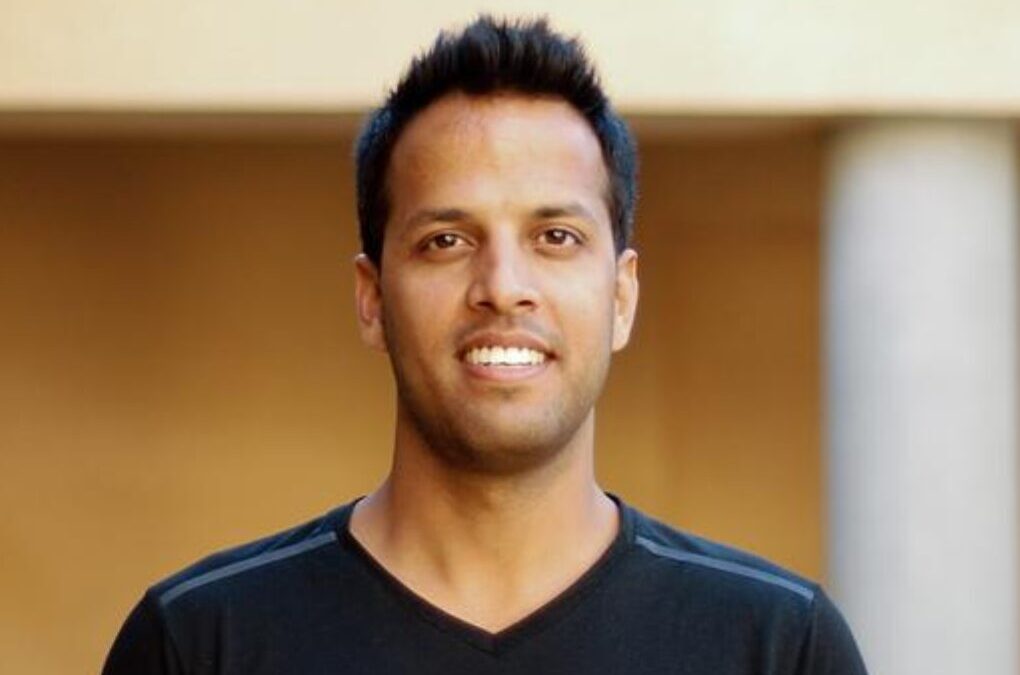
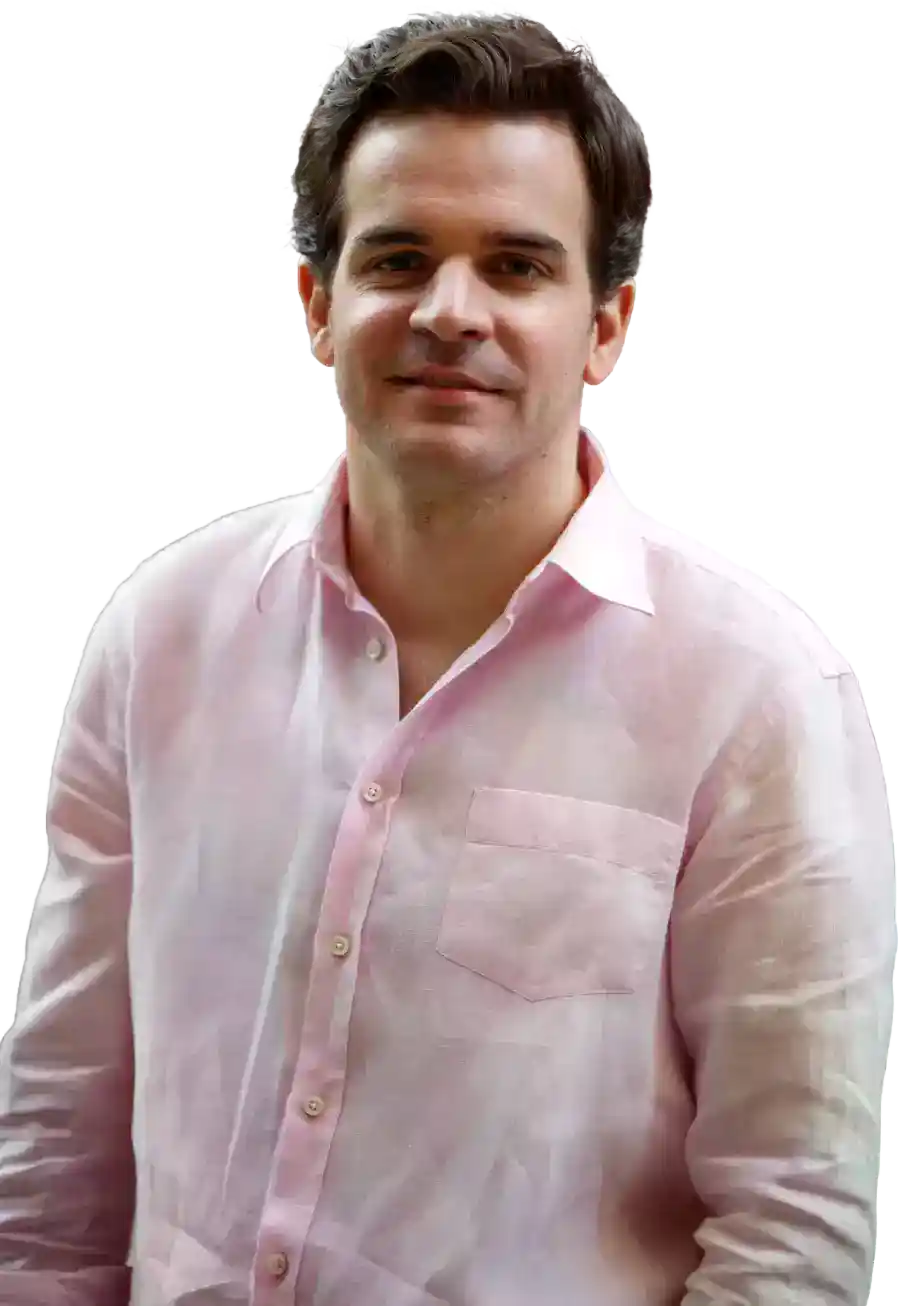

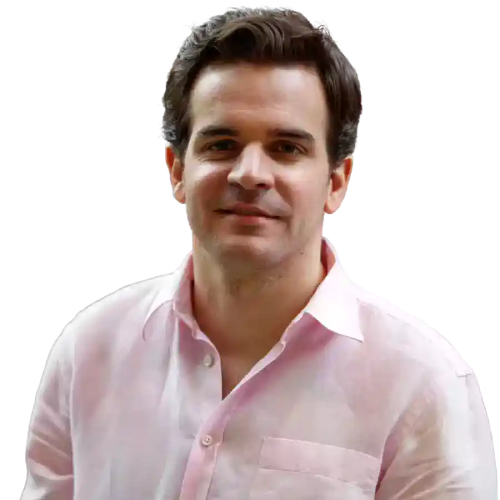
Facebook Comments